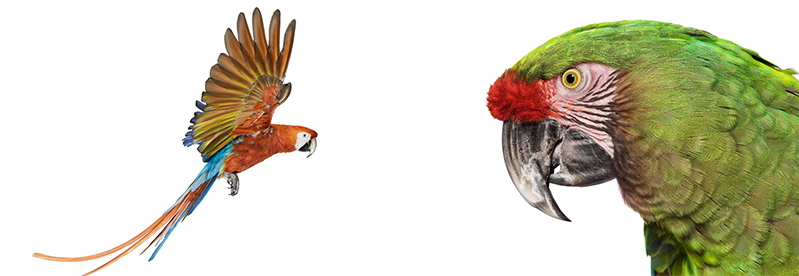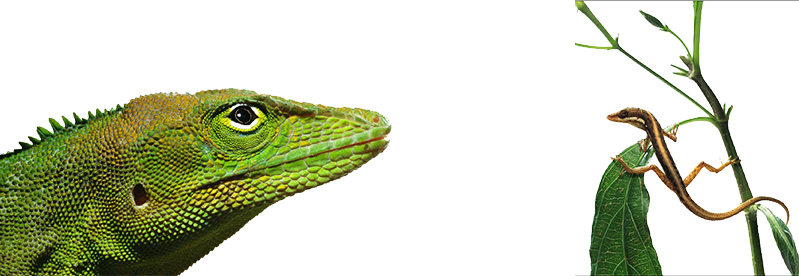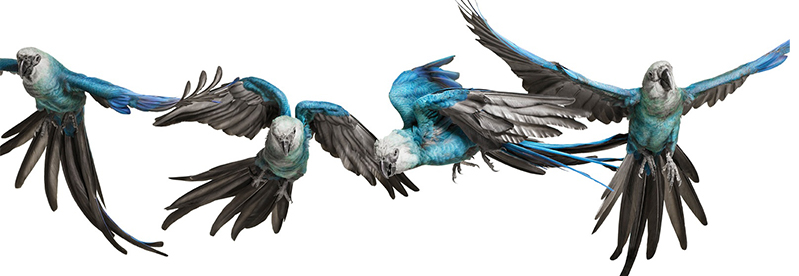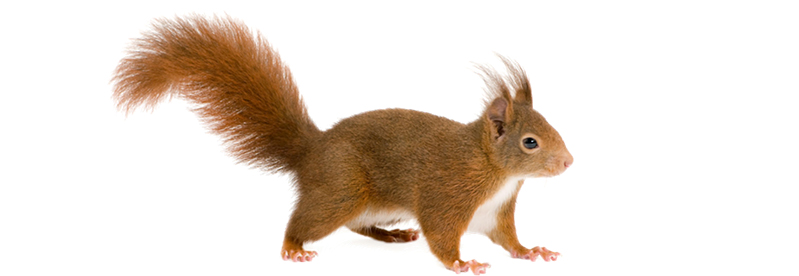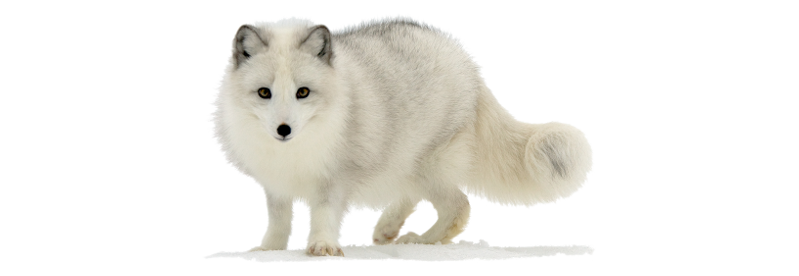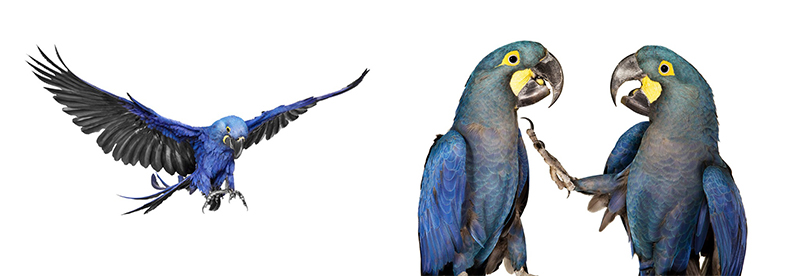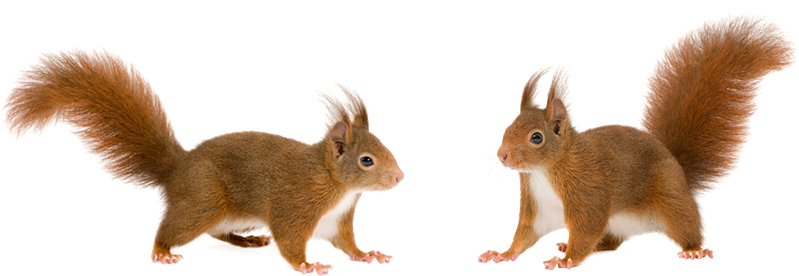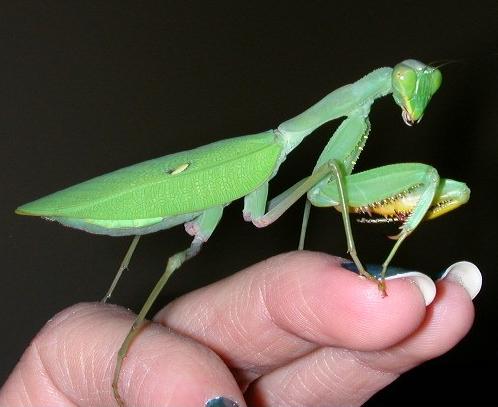
Giant Asian mantis (Hierodula grandis, or Titanodula grandis)
Phylum — arthropoda
Class — insecta
Order — mantodea
Family — mantidae
Genus – titanodula
Appearance
This exceptionally large mantis is named for its size and heavy build. Their coloration ranges from green to cream color, and the very rare silvery white.
Females grow up to 10 cm long while males stop at 9 cm. After the second or third molt, 8 segments can be counted on the male’s abdomen while 6 on the females. An adult females abdomen will be much larger than the males and the males will appear to have longer wings due to his smaller body.
Habitat
It is found in north-eastern India, Bangladesh, and Myanmar.
Behavior
The usual state for this species is to hang motionless, horizontally or slightly upside down under some support (in nature, these are branches or leaves), waiting for prey.
When threatened, these insects can inflict a sharp snap that can draw blood (although rare). Although somewhat aggressive, they can be “tamed” and make an excellent beginner’s mantis.
Diet
The main food is flying insects: butterflies, flies, drosophila.
Reproduction
A minimum of two weeks after their final moult, introduce the female into the male’s enclosure near him. It may be best to mate the mantids after 3-4 weeks instead. Two weeks may be too soon and the female may not be receptive. The female is very aggressive towards the male so make sure that she is very well fed prior to this. If he is ready, her presence would attract his attention and he’ll try to make his move. It could take hours before he does anything though. The best way to initiate breeding for this species is to offer the female a prey item and while she is busy eating, introduce the male behind her and if he is ready, he will jump on her back. As she is busy with eating, she can’t grab him or throw him off of her. A mature female will remain calm and allow him to attempt to mate with her. After a while of holding on, the male will feel confident and will bend his abdomen down to connect with hers and mating will commence. The time before the actual mating can vary. Afterwards, he will run away and he must be removed or else he’ll be eaten. The older the female, the more receptive she will likely be to mating. Older males also generally initiate mating much quicker than younger males.
After 3-4 weeks or so as an adult, the female may start to lay her first ootheca (mated or not). After 4-6 weeks of incubation at 75-80 oF and 50-60% humidity with an occasional misting, 100-150 nymphs will hatch out.
In captivity
pan of giant Asian mantis is from 6 months to a year.
This species of mantis fare well at room temperature. Anywh
A lifesere from 21-30 oC (70-86 oF) would be fine. A heat lamp may be used to maintain the desired temperature. Keep the temperature cooler at night to lengthen the lifespan of the mantis. Warmer temperature speeds up the metabolism of the mantis and will shorten its life span and in contrast, cooler temperature slows its metabolism and lengthens the life span, but both extremes could kill it. Keep humidity at around 50-60%. Too much humidity might induce fungal growth, and too little could cause a bad shed.
Their cage should be well ventilated with thick twigs for the mantis to perch on. This species is an active predator and need plenty of space to roam around. Plus, given their large size, they will need a large tank or other large enclosure so they will not be inhibited. The suggested size is an enclosure with length, width, and height at least 3x the mantis length. For example, a 1 inch mantis should not be kept in any cups or other enclosures smaller than 3x3x3 inches. This species is very aggressive to each other and very cannibalistic so they should only be kept together during courtship.
This species is very voracious. They will gladly take crickets, roaches, and moths as babies and will even tackle locusts and mouse pinkies as adults. It’s recommended that the size of the feeder insect does not exceed 1/3 the mantis’ length, but this mantis will tackle prey as big as itself. Even though they are voracious and will attack anything, do not offer them poisonous insects or wasps or bees as these could seriously harm the mantis. To feed them, just drop the insect in the enclosure and mantis will make short work of it. For non-moving prey like mealworms, these can be pierced to excrete juices and offered by tweezers to the mantis just put it to their mouth and they will grab onto the prey if they like it. Do not overfeed them, overfeeding can not only shorten their lifespan, but it could also kill them (although rare). Watch their abdomen, if it is very inflated, stop feeding them for a couple of days or until the abdomen is much smaller. As for watering, this type will get its fluid from its food, but an occasional spraying could be useful.
 Russian
Russian
 English
English

